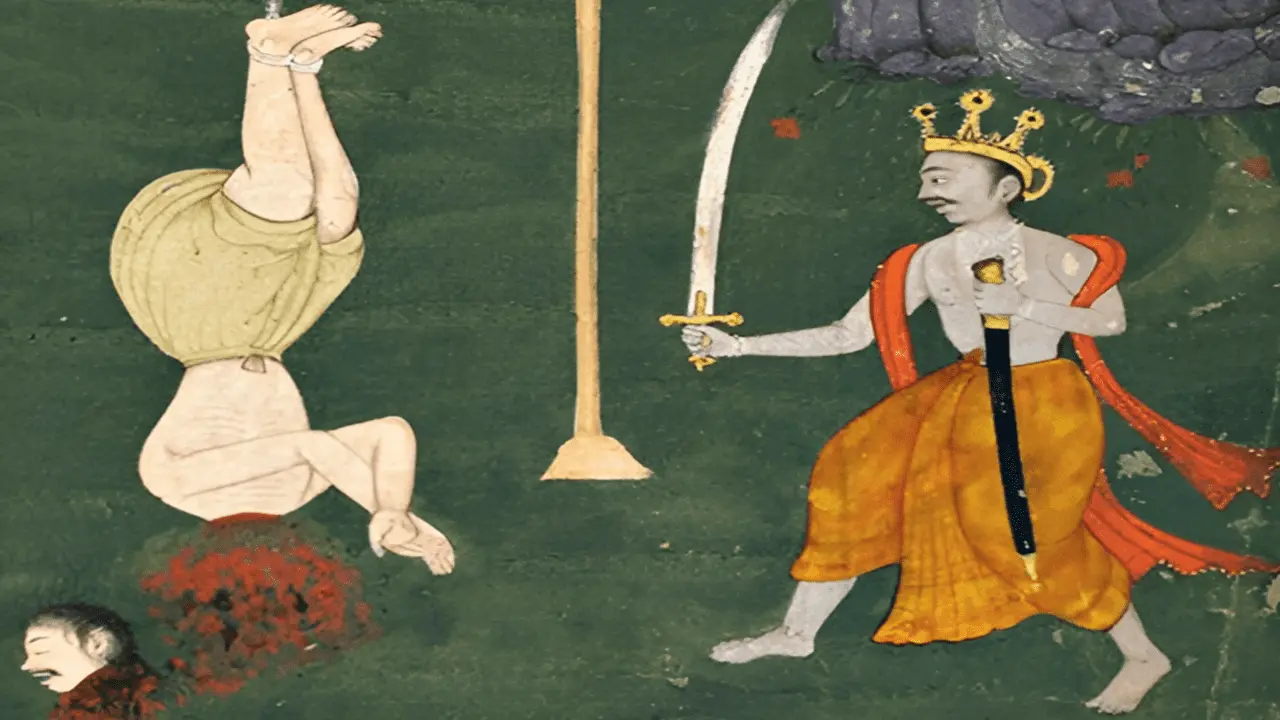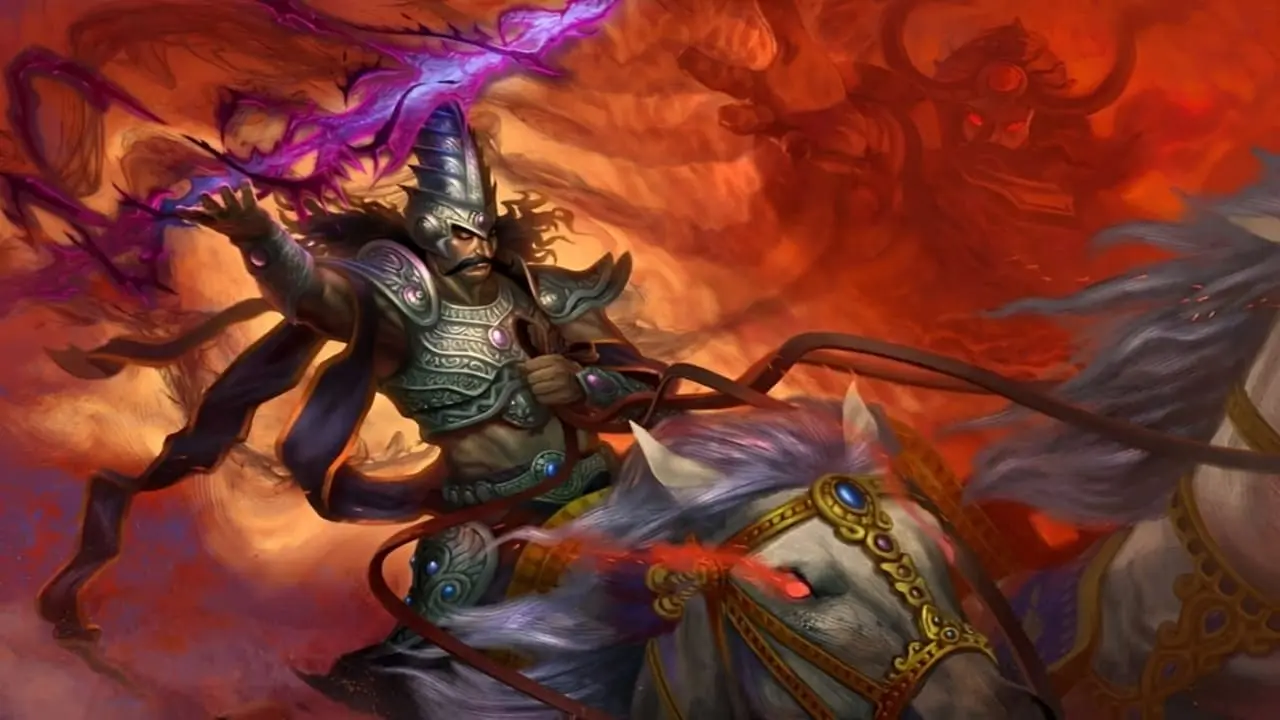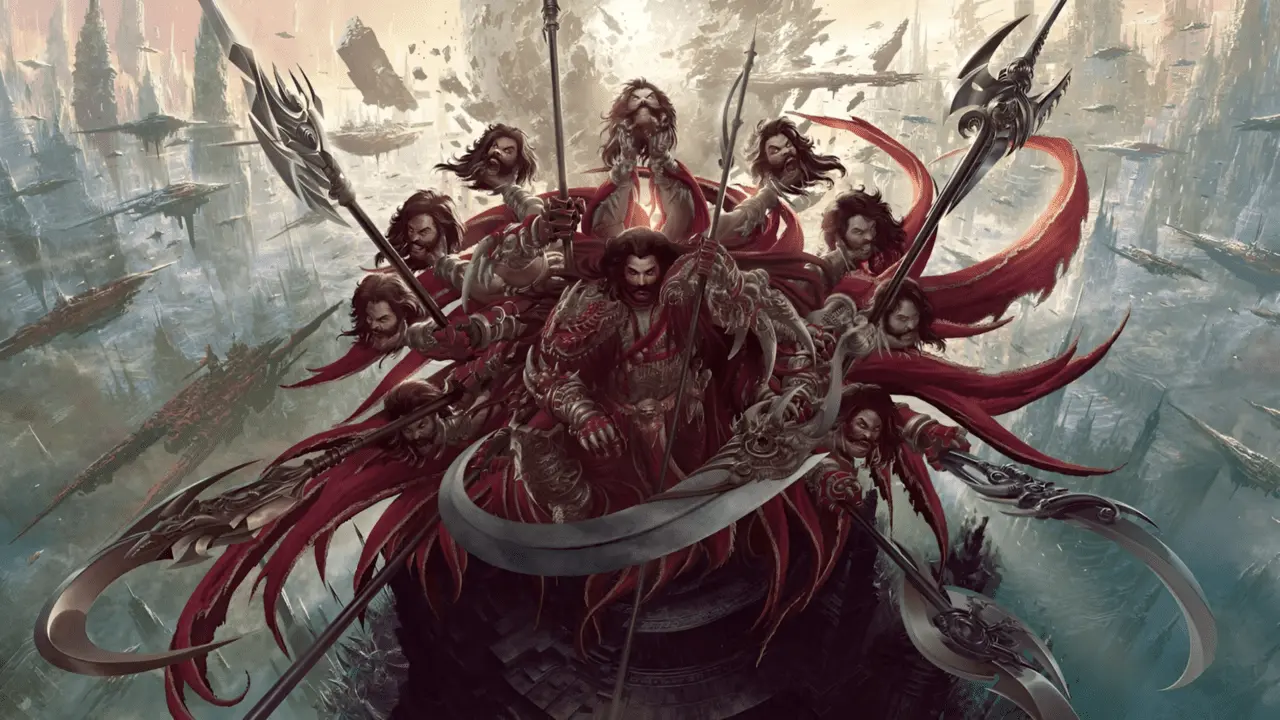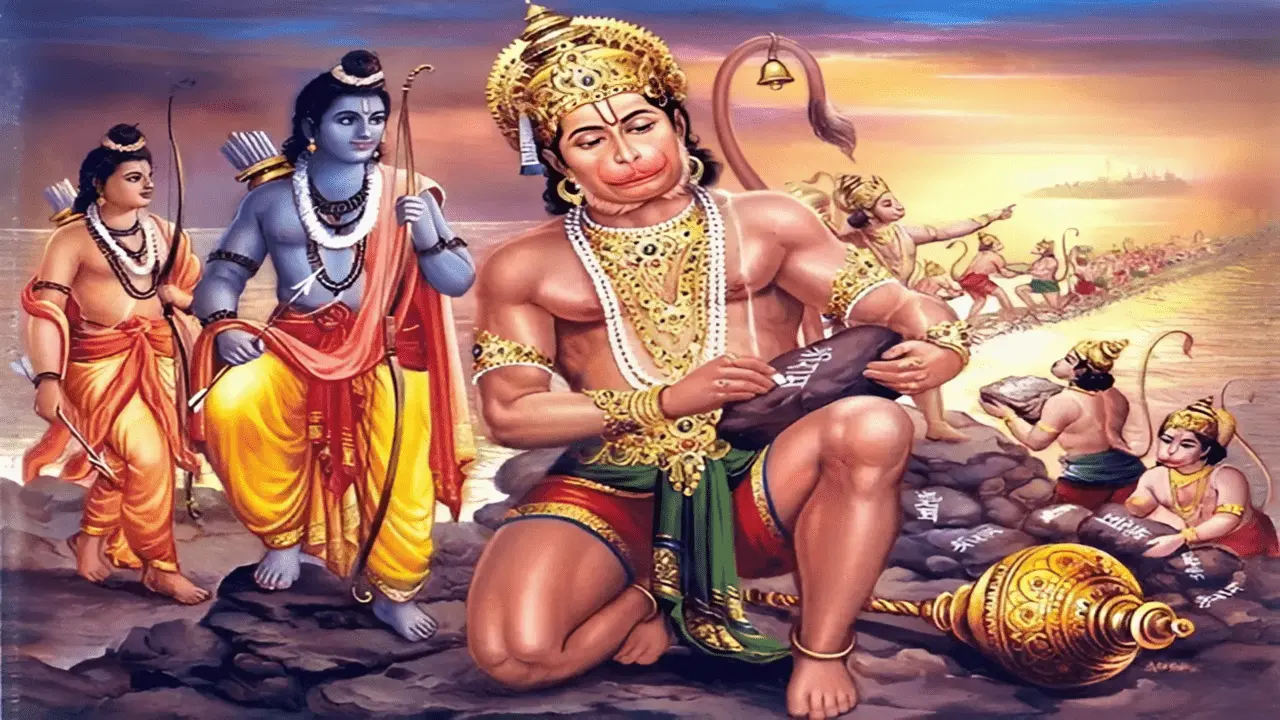
Shambuka Vadha : Why Rama Killed An Ascetic
The story of Shambuka Vadha emerges as a poignant chapter, stirring both curiosity and contemplation. Central to this narrative is the enigmatic figure of Shambuka and his fateful encounter with Lord Rama, prompting profound questions about righteousness and societal norms. In this blog, we delve into the depths of this historical account, seeking to uncover the context and rationale behind Rama’s decisive actions. Through this exploration, we endeavor to illuminate the significance of Shambuka’s story and its enduring impact on our understanding of dharma and ethical conduct.
The Allegation on Rama
The incident that led to Shambuka’s demise began with the untimely death of a Brahmana boy in Ayodhya. His grieving father, attributing the tragedy to a breach of dharma, approached Rama with his grievance. Why should a son depart before his father? This question stirred a deep concern in Rama’s heart, prompting him to seek answers from the sages.
Consulting the Sages
Upon consulting the sages, Rama learned that Shambuka’s unauthorized asceticism was the root cause of the disruption in the natural order. According to the wisdom of the Rishis, in the era they lived in, certain societal norms dictated that individuals from specific castes, like Shudras, were not permitted to undertake rigorous spiritual practices such as tapasya. Shambuka’s actions were perceived as a defiance of these norms, resulting in cosmic imbalance and calamity.
Beheading of Shambuka
Faced with this revelation, Rama took swift and decisive action. He ventured into the forest and confronted Shambuka, ultimately beheading him to restore dharma and re-establish the harmonious balance of the universe. This act, though seemingly harsh, was deemed necessary to uphold the sanctity of the cosmic order and prevent further chaos.
After the Death of Shambuka
Following Shambuka’s demise, order was restored, and the predictable rhythms of nature returned. Rama’s action, although controversial, served as a reminder of the importance of upholding dharma and respecting the established societal norms, even in the face of personal tragedy.
Conclusion
The tale of Shambuka Vadh offers profound insights into the complexities of dharma and societal norms in ancient Indian mythology. While Rama’s actions may seem harsh by modern standards, they were driven by a deep sense of duty and a commitment to maintaining the cosmic balance. Understanding the context and the underlying principles behind such stories enriches our appreciation of the rich tapestry of Hindu learnings and its enduring relevance in today’s world.





